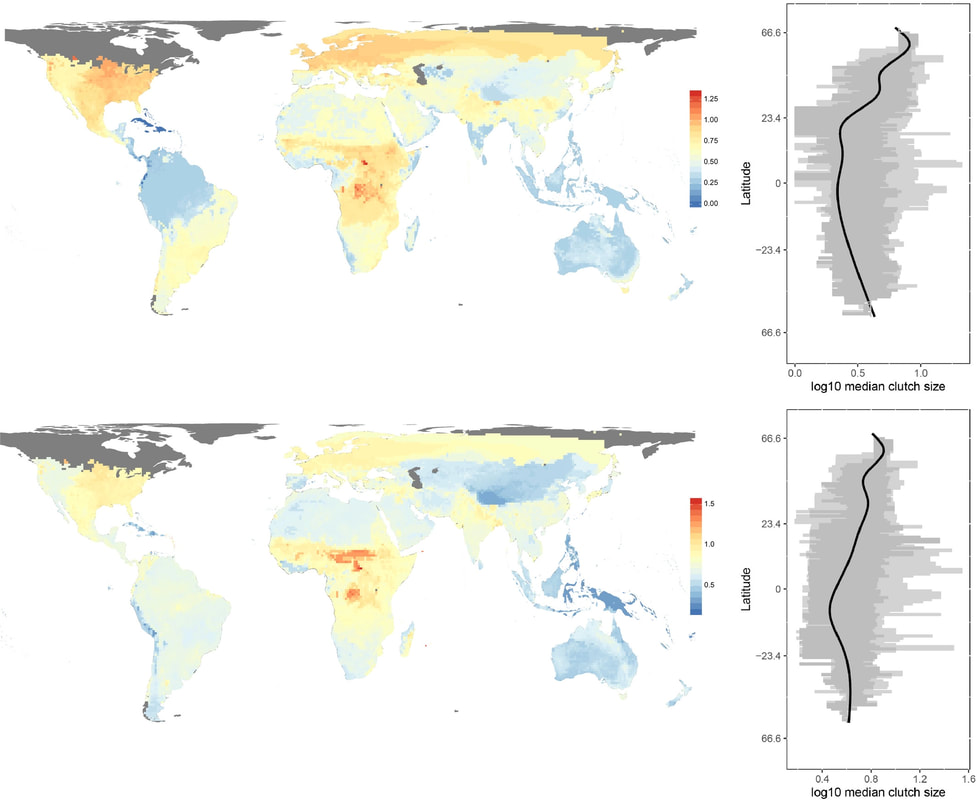
|
In a recent publication in Global Ecology and Biogeography GARDians explored the global diversity and distribution of lizard clutch sizes. We tested the geographic factors that affect clutch sizes in across nearly 4000 lizard species. We found similar patterns to those that have long been known in birds but were never seriously studied in other groups of organisms: lizards lay large clutches at high latitudes and at highly seasonal regions. We postulate that high latitudes with their short, pronounced productivity peals both allow the production of large clutches and promote putting all the eggs in one basket – because the window of opportunity is short in highly seasonal regions. We hypothesize that this may further be a factor preventing taxa with fixed clutch sizes from colonizing high latitudes.  Median log‐transformed clutch size in 96 km × 96 km grid cells globally. Top: all lizards; bottom: only lizards with variable clutch sizes. Note that the colour scale differs between the maps. To the right of each map is a curve showing a generalized additive model of the mapped variable (in black), the 95% confidence intervals of the mapped variable per 96‐km latitudinal band (shaded dark grey), and the range of values of the mapped variable per 96‐km latitudinal band (shaded light grey). Authors: Shai Meiri, Uri Roll
1 Comment
In a 2017 publication in Global Ecology and Biogeography, we collated a novel quantitative volumetric dietary dataset for 308 lizard species worldwide from the field and literature. This novel dataset enabled us to test seven competing hypotheses posited to explain dietary niche breadth, focusing on those that are thought to either cause, or be influenced by, the latitudinal diversity gradient.
A major tenant explaining greater species richness in the tropics is interspecific competition. Dietary niche breadth has long been hypothesized to decrease from the poles toward the tropics, as the numbers of competitors increase. Geographical variation in niche breadth is also hypothesized to be linked to high ambient energy levels, water availability, productivity and climate stability – reflecting an increased number of available prey taxa. Range size and body size are also hypothesized to be strongly and positively associated with niche breadth. We sought to determine which of these factors is associated with geographical variation in niche breadth across broad spatial scales and thus potentially drive the latitudinal diversity gradient.
The synergistic effects of a narrow dietary niche and small range size augments the vulnerability of species to habitat loss and climate change. Based on our findings, the ‘competitionist’s paradigm’ seems to be the exception rather than the rule in explaining the latitudinal diversity gradient. Author: Alison Gainsbury
In our recent publication in the Journal of Biogeography, we assembled a comprehensive distribution map of all reptiles in Africa in order to quantify their geographical overlap with the other vertebrate groups, and to assess the environmental correlates underlying these patterns. The latitudinal gradient of increasing biological diversity towards the equator is one of the best recognized patterns in biogeography, and has been acknowledged for some time. The naturalist, Alexander von Humboldt wrote of his travels over 200 hundred years ago, that as we approach the tropics, "the greater the variety of structure, form, colour, youth and vigor of organic life." A number of well-known hypotheses explaining this pervasive pattern of the increasing number of different species towards the equator have since proliferated. These include elevated ambient energy and precipitation, the number of different habitats or niches, higher plant productivity, and many more.
To create our geographic distribution map of reptiles in Africa, we obtained data from a variety of field-guides and atlases, museum databases, the primary literature, IUCN assessments, and maps based on expert knowledge of reptile species and the habitats they occupy. A challenging aspect of the project was to ensure that our maps remained current with respect to new species discoveries and taxonomic name changes (which are constantly being revised), and we also had to confirm the validity of type specimen identifications and localities, especially those referenced from obscure sources and archaic museum specimens. We used GIS software to digitize and overlay the maps of each individual African reptile species (1,601 species in total!) one on top of the other, which allowed us to count the number of species present in a given area - which we call “species richness”.
When we looked at which environmental predictors best explained these species richness maps we found that net primary productivity (the amount of photosynthetic activity by plants) and precipitation explain most of the variation in reptile and other vertebrates. This explains the clear latitudinal pattern seen in their respective maps, which reflects a strong correlation with plant productivity and rainfall as you move closer to the equator. But again, lizards are unique in that none of these environmental correlates explain their distributions. This is because lizards are well adapted to a wide range of habitats including the tropics as well as the harsh conditions of the desert where plant productivity and rainfall are low. We also showed that individual lizard species on average occupy smaller geographic distributions, reflecting their ability to occupy diverse niches. Our findings that the distribution of lizard species in Africa is unique when compared to the other vertebrate groups now confirms a pattern that has been seen elsewhere in previous studies (i.e. Australia) and most recently by our paper on the global distribution of reptiles. This shows the importance of studying the diverse reptile groups distinctly instead of lumping them all together, and will have bearing on large-scale conservation efforts that do not represent all reptile groups. Author: Amir Lewin
|
AuthorMainly maintained by Shai Meiri and Uri Roll Archives
October 2022
Categories
All
|

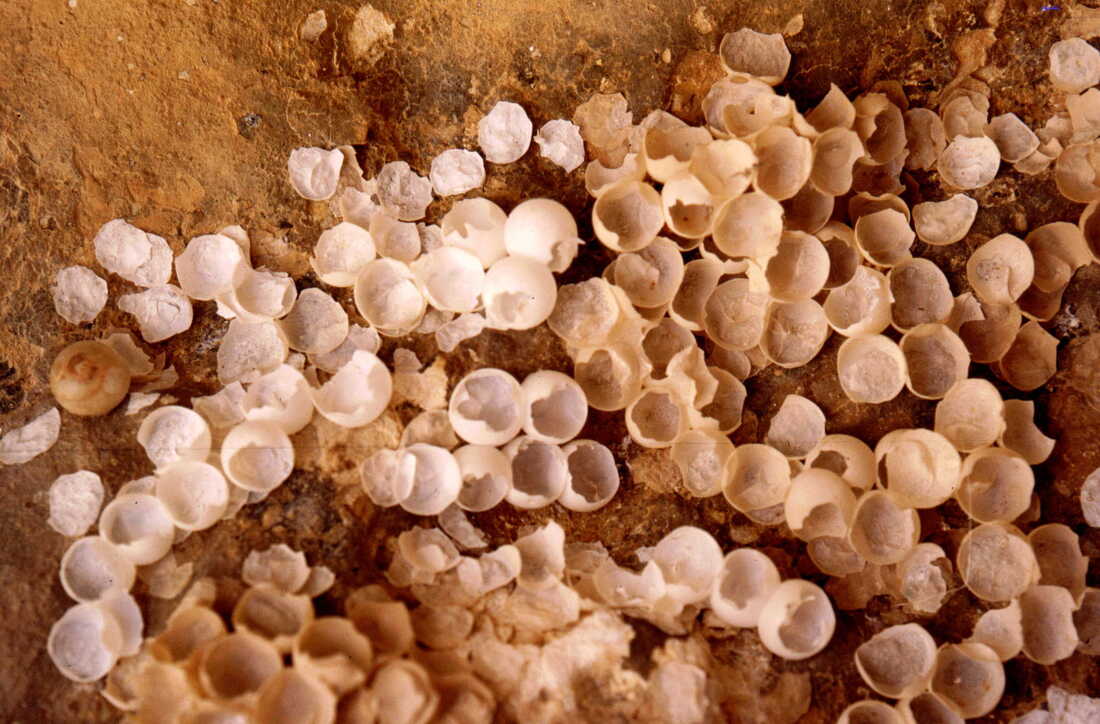
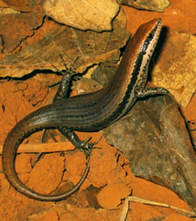
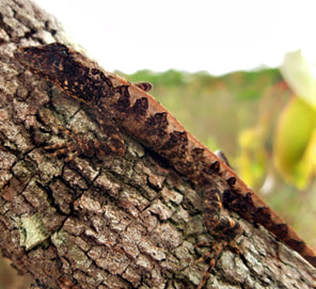
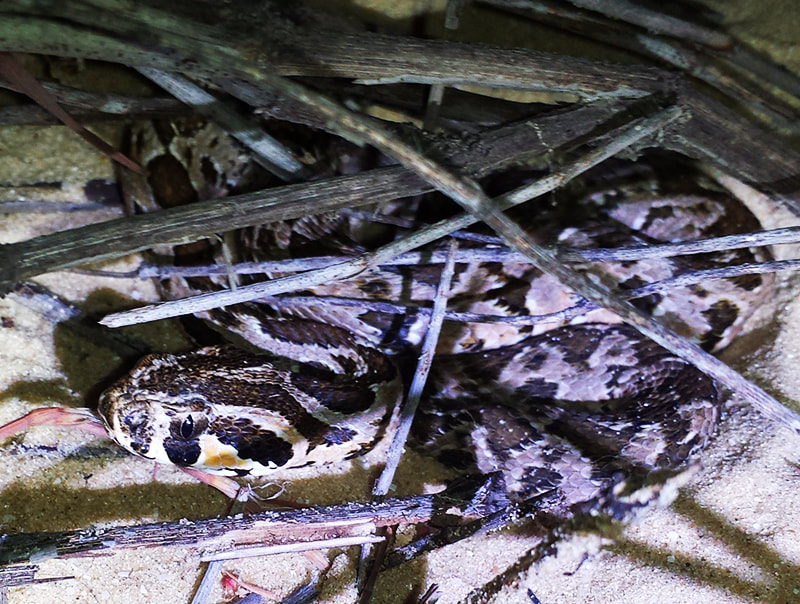
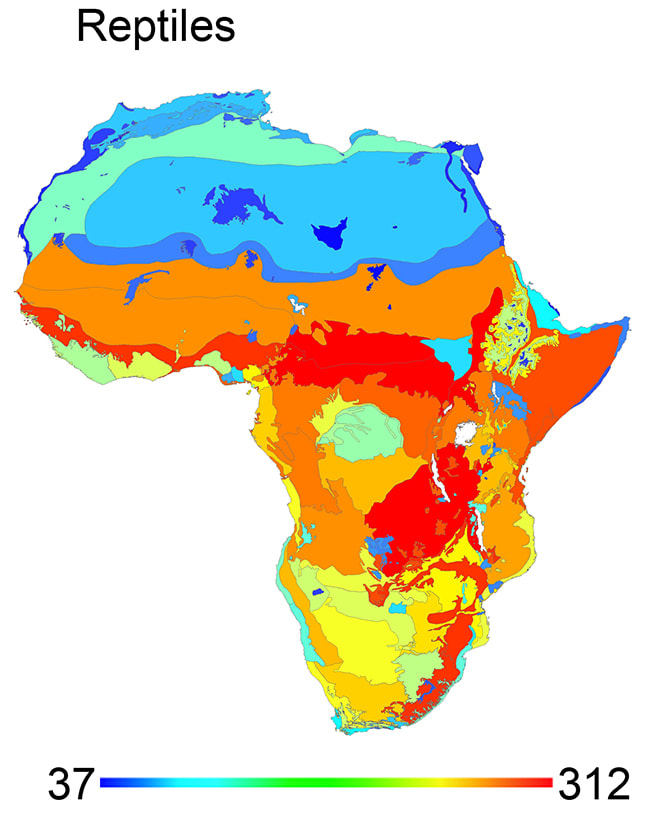

 RSS Feed
RSS Feed
